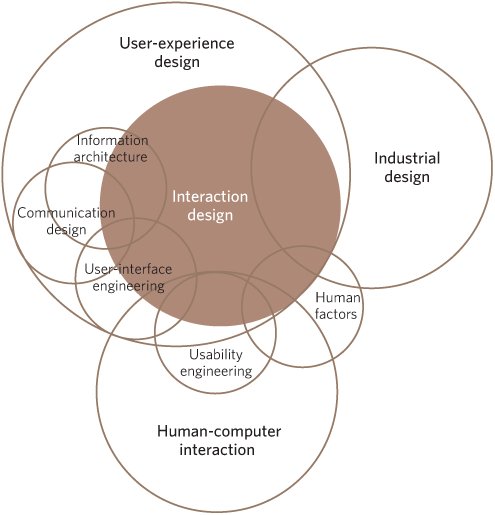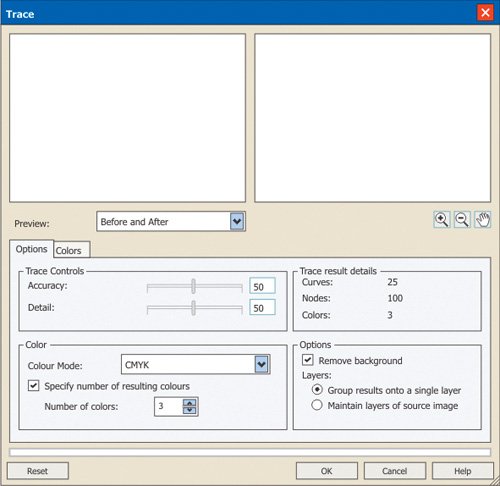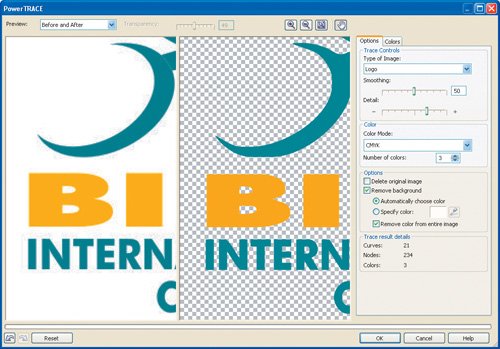A Stew of Acronyms
| Interaction design as a formal discipline has been around for less than two decades. It's a young field, still defining itself and figuring out its place among sister disciplines such as information architecture (IA), industrial design (ID), communication (or graphic) design (CD), user-experience (UX) design, user-interface engineering (UIE), human-computer interaction (HCI), usability engineering (UE), and human factors (HF). In addition, many of these other disciplines are also new and still discovering their boundaries. Figure 1.10 clarifies the relationships. Figure 1.10. The overlapping disciplines of interaction design.
As you can see, most of the disciplines fall at least partially under the umbrella of user-experience design, the discipline of looking at all aspectsvisual design, interaction design, sound design, and so onof the user's encounter with a product or service and making sure they are in harmony. Information architecture is concerned with the structure of content: how to best structure and label content so that users find the information they need. Yahoo, with its dozens of labeled and categorized content areas, offers an excellent illustration of information architecture. Communication design is about creating a visual language to communicate content. The fonts, colors, and layout of Web sites and printed materials like this book provide examples of communication design. Industrial design is about formshaping objects in a way that communicates their use while also making them functional. Physical objects like chairs, tables, and refrigerators illustrate industrial design. Human factors makes sure those objects conform to the limitations of the human body, both physically and psychologically. Human-computer interaction is closely related to interaction design, but its methods are more quantitative, and its focus (as its name implies) is strongly on how humans relate to computers, unlike interaction design, which is about how humans relate to each other. The operating system on your computer provides an example of HCI. User-interface engineering is a subset of interaction design and HCI; it focuses on the controls of a digital device (see Chapter 6). Your digital camera's display is an example of UIE. Usability engineering is about testing products to make sure they make sense to users. It's easy to see why people are confused! Although these disciplines are separate, as the figure illustrates, they still overlap a great deal. Most successful products, especially digital products, involve multiple disciplines working in harmony. What is a laptop computer except a blend of the fruits of all these disciplines? Separating them is nearly impossible. Not every organization needs a specialist working in each discipline; within an organization, one person, who might be called anything from an information architect to a user-interface engineer, canand probably willwork in several, shifting back and forth as needs require. It's the discipline that is important, not the title. The "imagineer" at Disney might do a job similar to that of the "user-interface architect" at a startup company.
|
EAN: 2147483647
Pages: 110


